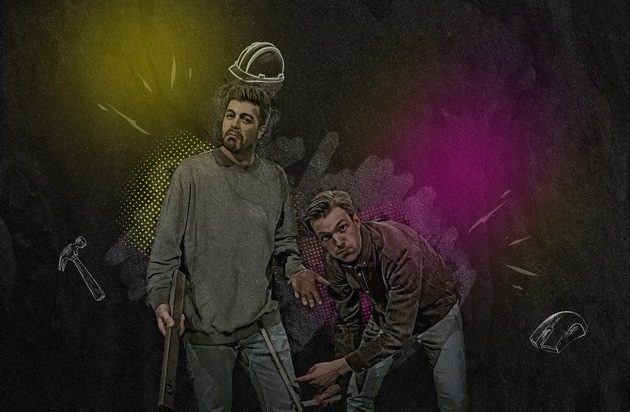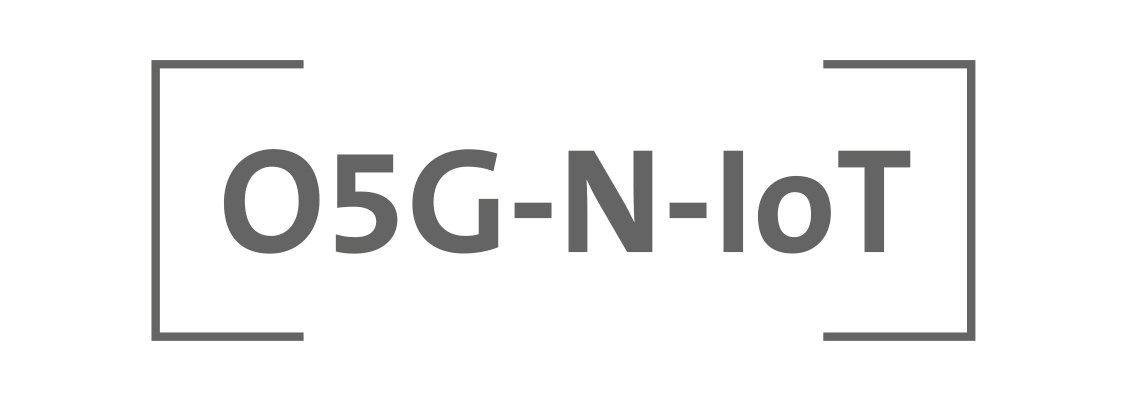The “O5G-N-IoT” project, funded by the Federal Ministry for Economics and Climate Protection (BMWK) in the amount of 2.2 million euros, runs from April 2022 to March 2025. A private 5G network with connected Internet of Things technology for potential crisis areas where telephone and telephone networks are set up and operated WLAN failed based on the test. “The Ahr Valley disaster has shown us how important it is for emergency and rescue services to communicate with each other safely and stably in such situations, so that they can act quickly and in a targeted manner,” says Andreas Farber, Head of Project Partner. Aquinette.
The digital twin will be created
So far, rescuers have relied on public sector communications technologies such as TETRA, LTE, and other proprietary solutions. These solutions are closed and some do not meet all the requirements established in today’s emergency operations. On the other hand, 5G technology ensures safe and lag-free transmission of data. In the “O5G-N-IoT” project, various devices and aids for rescue operations, such as gas and temperature gauges, helmet cameras or vehicles will be equipped with 5G-capable sensors to automatically transmit their data to the closed 5G network. network. In this way, an updated and detailed picture of the situation will be generated on the basis of live data and location data in the rescue operation control center. Rather, this IoT approach must be expanded to the point where the so-called “digital twin”, that is, a digital picture of the situation and the rescue services deployed there, is created.
The infrastructure must be very robust and can be maintained remotely
In the project, AKQUINET is responsible for creating the necessary mobile infrastructure, such as emergency power generator, diesel engine, servers, cables and antennas. The entire technology has to be put into a bigger trailer. Andreas Färber explains the challenge: “The technology does not run in a secure data center here. So it has to be very robust and trouble-free, even under poor environmental conditions. In addition, we plan to run it by rescue workers who are not IT savvy. The infrastructure is very easy to use and can be maintained remotely for us.” Lübeck University of Applied Sciences will use this core infrastructure to build an open source 5G network. As another project partner, Dräger will equip devices and vehicles that can be used in this crisis scenario with sensors and make them capable of 5G in advance.The University of Lübeck is responsible for ensuring the quality of the project.
“The project is very valuable because 5G technology is not intended to improve business operations here, but should be used in a potential crisis area so that we can better help the local population,” says Andreas Färber.
To the BMWK project profile: Digital Technologies – O5G-N-IoT (digitale-technologies.de)

“Certified tv guru. Reader. Professional writer. Avid introvert. Extreme pop culture buff.”







More Stories
Classic espionage, cyber attacks, creating economic dependencies, and technology withdrawal –
How the technology behind ChatGPT powers this bot
Mercedes G580 with EQ technology: The G-Class has become electric